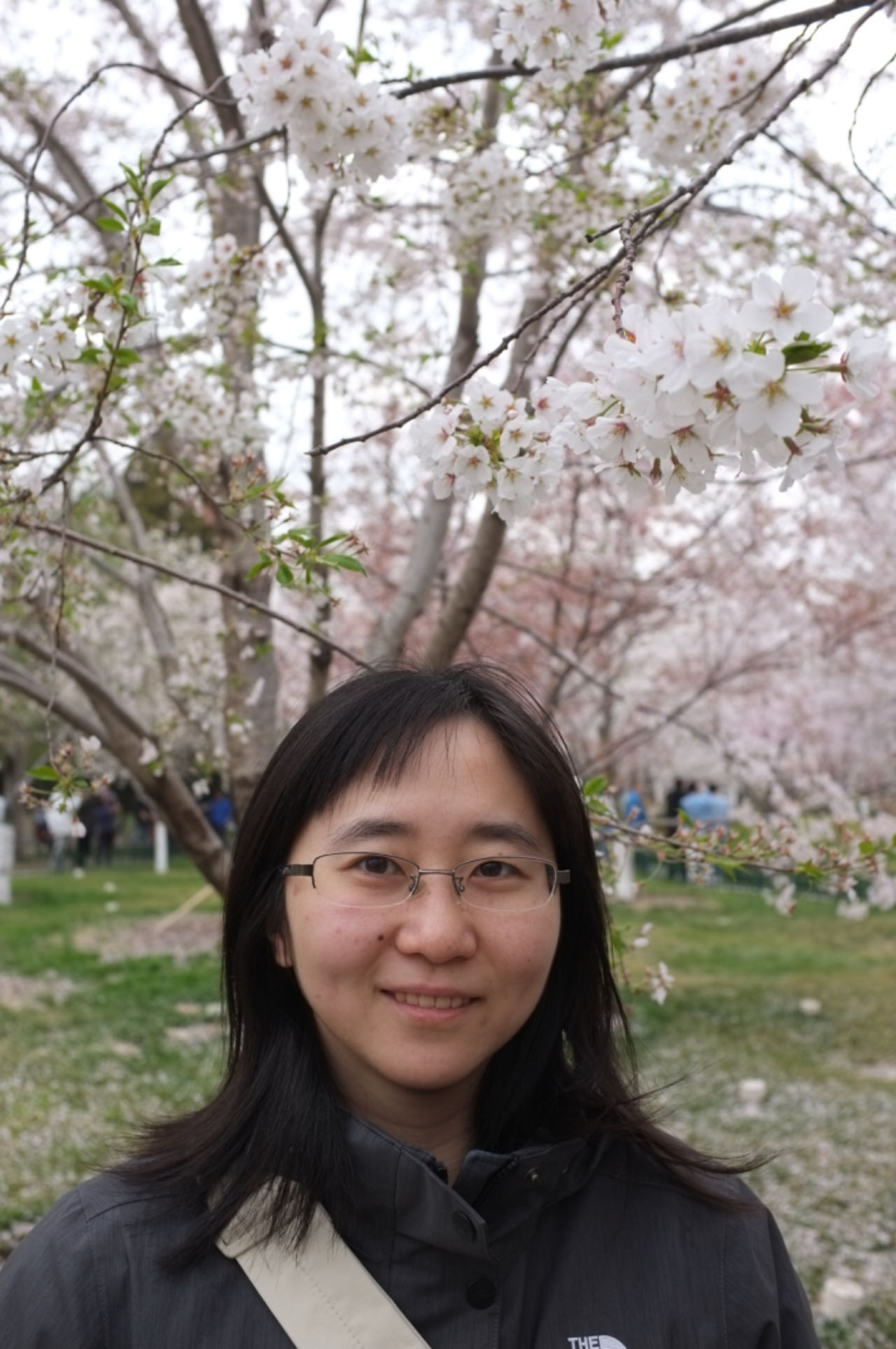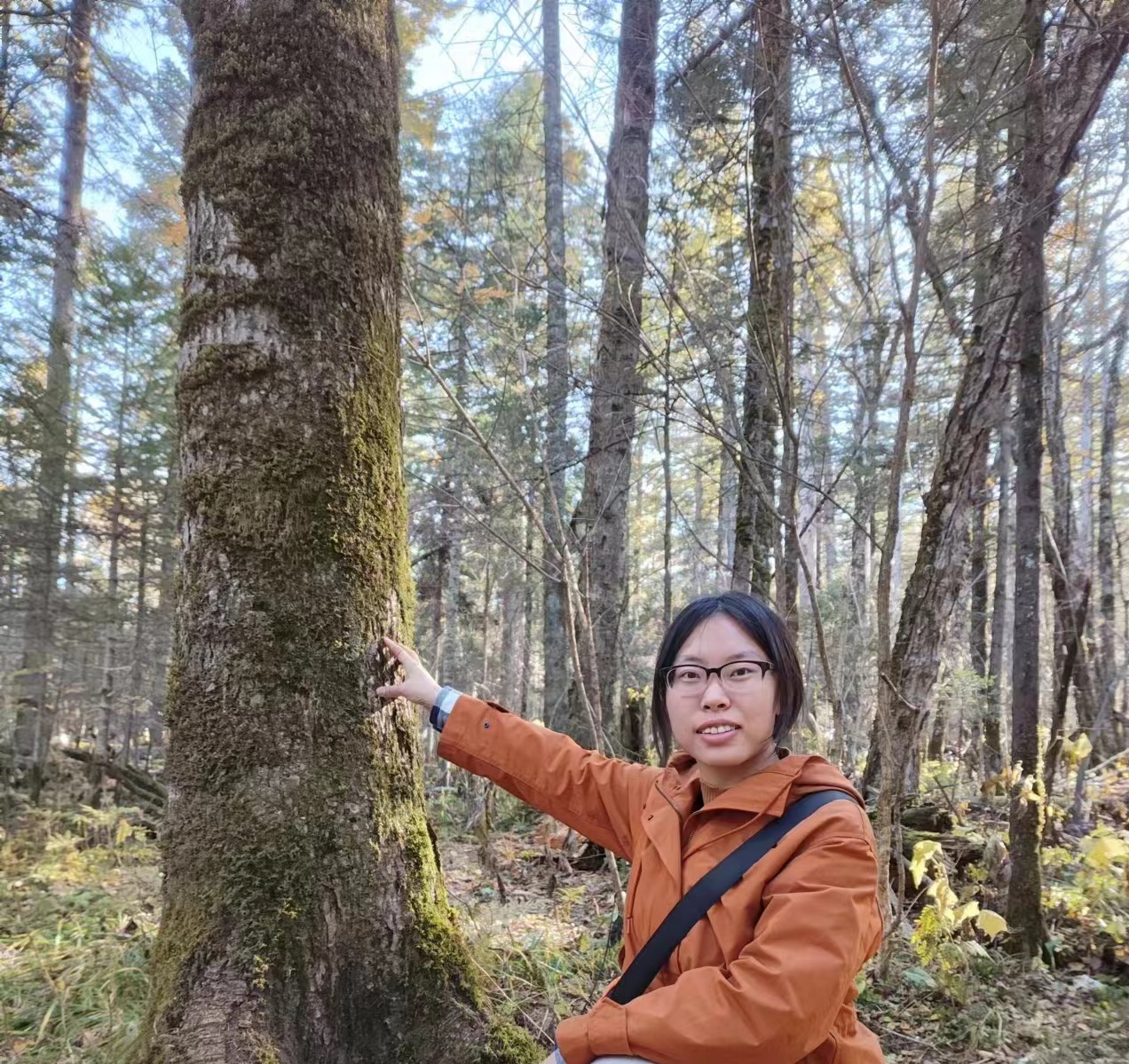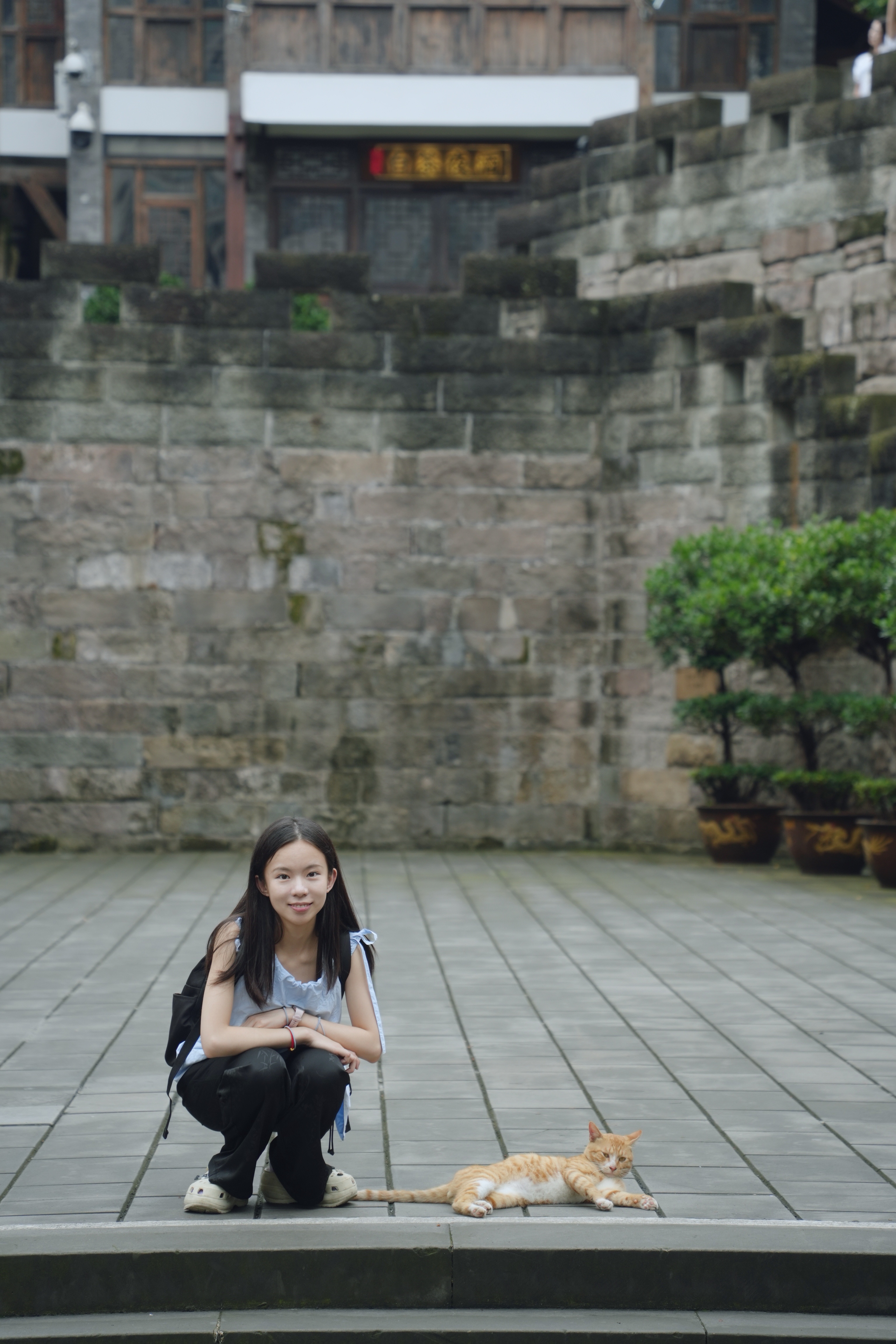

中国科学院生物物理研究所,脑与认知科学重点实验室,研究组长
2006 - 2010 北京大学,生物科学,理学学士
2010 - 2015 美国贝勒医学院,神经科学,博士
2016 - 2021 美国冷泉港实验室,神经科学,博士后
2021 - 至今 中国科学院生物物理研究所,研究员,博士生导师
结构决定功能是生物学的基本原理之一。体现在神经系统中,大量神经元彼此连接所形成的精细复杂的神经网络是实现神经计算,涌现出感知、情感、记忆、决策等复杂行为现象的物质基础。因此,解析连接与计算的关系,是深入理解生物智能的关键钥匙。围绕这一问题,本课题组从以下几个方面展开研究:
1. 新型脑连接组绘制技术的开发
以单细胞精度高通量解析神经元的连接模式,并实现连接信息与神经活动、基因表达等信息的整合,是系统神经科学面临的重大技术挑战。我们将基于前期工作基础,推进基于DNA条形码的高通量、跨模态脑连接组学技术。我们期待这些技术为系统神经科学研究带来新的实验范式。
2. 自然行为调控的神经机制
自然行为,如防御行为、社会行为等,对于动物的生存繁衍有着至关重要的意义,而自然行为的失调也与焦虑症、抑郁症等精神障碍密切相关。我们关注小鼠在复杂情境中自然行为的调控与表达,结合定量行为学、系统神经科学、连接组学和计算神经科学,解析自然行为调控的行为学逻辑,阐明自然行为及相关精神疾病中的神经环路的编码与动力学特征。
3. 发育连接组学
相比于需要大量数据、耗费大量能量才能具有较好泛化性的人工神经网络,神经系统从组装到具备生物智能的发育过程惊人的高效。而在进化过程中得到高度优化的发育程序,很可能是大脑能够形成精密且高效的连接网络的关键。本课题组关注连接组的发育过程与组装机制,期待从发育连接组学的视角揭示背后的奥秘。
1. Xie Y,Huang L, Corona A, Pagliaro AH, Shea SD. 2023. A dopaminergic reward prediction error signal shapes maternal behavior in mice.Neuron. 111(4):557-570.
2.Huang L*, Kebschull JM*, Fürth D, Musall S, Kaufman MT, Churchland AK, Zador AM. 2020. BRICseq bridges brain-wide interregional connectivity to neural activity and gene expression in single animals.Cell. 182(1):177-188.
3. Quast K, Ung K, Frodarakis E,Huang L, Herman I, Addison AP, Ortiz-Guzman J, Cordiner K, Saggau P, Tolias AS, and Arenkiel BR. 2017. Developmental broadening of inhibitory sensory maps. Nature Neuroscience, 20(2):189-199.
4.Huang L*, Ung K*, Garcia I, Quast KB, Cordiner KA, Saggau P, and Arenkiel BR. 2016. Task learning promotes plasticity of interneuron connectivity maps in the olfactory bulb. The Journal of Neuroscience, 36(34):8856-71.
5. Justice NJ,Huang L, Tian JB, Cole A, Pruski M, Hunt AJ, Flores R, Zhu MX, Arenkiel BR, and Zheng H. 2015. Post-traumatic Stress Disorder-like induction elevates β-amyloid levels, which directly activates corticotropin releasing factor neurons to exacerbate stress responses. The Journal of Neuroscience, 35(6):2612-23.
6. Garcia I, Bhullar PK, Tepe B, Ortiz-Guzman J,Huang L, Herman AM, Chaboub L, Deneen B, Justice NJ, and Arenkiel BR. 2014. Local corticotropin releasing hormone (CRH) signals to its receptor CRHR1 during postnatal development of the mouse olfactory bulb. Brain Structure and Function.
7. Garcia I, Quast KB,Huang L, Herman AM, Selever J, Deussing JM, Justice NJ, and Arenkiel BR. 2014. Local CRH signaling promotes synaptogenesis and circuit integration of adult-born neurons.Developmental Cell, 30(6):645-659.
8. Davis SM*, Thomas AL*, Nomie KJ*,Huang L, and Dierick HA. 2014.TaillessandAtrophincontrolDrosophilaaggression by regulating neuropeptide signaling in thepars intercerebralis.Nature Communications5:3177.
9. Herman AM*,Huang L*, Murphey DK, Garcia I, and Arenkiel BR. 2014. Cell type-specific and time-dependent light exposure contributes to silencing in neurons expressing Channelrhodopsin-2.Elife3:e01481.
10. Zhang H, Lin M, Shi H, Ji W,Huang L, Zhang X, Shen S, Gao R, Wu S, Tian C, Yang Z, Zhang G, He S, Wang H, Saw T, Chen Y, and Ouyang Q. 2014. Programming a Pavlovian-like conditioning circuit in Escherichia coli.Nature Communications5:3102.
11.Huang L, Garcia I, Jen HI, and Arenkiel BR. 2013. Reciprocal connectivity between mitral cells and external plexiform layer interneurons in the mouse olfactory bulb.Frontiers in Neural Circuits7:32.
12. Garcia I,Huang L, Ung K, and Arenkiel BR. 2012. Tracing synaptic connectivity onto embryonic stem cell-derived neurons.Stem Cells30(10):2140-51.
13.Huang L*, Cui Y*, Zhang D*, and Wu S. 2011. Impact of noise structure and network topology on tracing speed of neural networks.Neural Networks24(10):1110-9.
14. Lou C, Liu X, Ni M, Huang Y, Huang Q,Huang L, Jiang L, Lu D, Wang M, Liu C, Chen D, Chen C, Chen X, Yang L, Ma H, Chen J, and Ouyang Q. 2010. Synthesizing a novel genetic sequential logic circuit: a push-on push-off switch.Molecular Systems Biology6:350.
(资料来源:黄龙文研究员,2024-09-12)
-
 崔珊,科研助理毕业于沈阳药科大学药学院,药理学专业,获硕士学位。现任黄龙文课题组科研助理。
崔珊,科研助理毕业于沈阳药科大学药学院,药理学专业,获硕士学位。现任黄龙文课题组科研助理。
-
 谢韵瑶,博士后博士毕业于美国加州大学尔湾分校,曾在美国冷泉港实验室担任博士后,于2021年加入黄龙文课题组,研究兴趣为小鼠母性行为的神经机制,生活兴趣为旅游、摄影。
谢韵瑶,博士后博士毕业于美国加州大学尔湾分校,曾在美国冷泉港实验室担任博士后,于2021年加入黄龙文课题组,研究兴趣为小鼠母性行为的神经机制,生活兴趣为旅游、摄影。
-
 胡鹏凯本科毕业于中国科学院大学,于2021年加入huanglab,现在的科研兴趣集中在开发新的多组学技术以同时获得小鼠大脑的转录组和联接组数据。
胡鹏凯本科毕业于中国科学院大学,于2021年加入huanglab,现在的科研兴趣集中在开发新的多组学技术以同时获得小鼠大脑的转录组和联接组数据。 -
 段思含于2022年在中科院生物物理所获得硕士学位,并于同年9月加入Huanglab。研究方向是运动系统神经环路。ENFJ,兴趣爱好广泛,包括但不限于跳舞,桌游,乐器,阅读等。
段思含于2022年在中科院生物物理所获得硕士学位,并于同年9月加入Huanglab。研究方向是运动系统神经环路。ENFJ,兴趣爱好广泛,包括但不限于跳舞,桌游,乐器,阅读等。 -
 钟程本科毕业于中国农业大学,于2021年加入HuangLab,正在钻研情感产生及维系的神经基础。ENFP,喜欢唱,跳,game和乒乓球。
钟程本科毕业于中国农业大学,于2021年加入HuangLab,正在钻研情感产生及维系的神经基础。ENFP,喜欢唱,跳,game和乒乓球。 -
 岳奕欣毕业于兰州大学,本科,2021年加入实验室,研究方向是动物本能行为选择的神经机制。
岳奕欣毕业于兰州大学,本科,2021年加入实验室,研究方向是动物本能行为选择的神经机制。 -
 张琦毕业于四川大学生命科学学院,获学士学位。他于2021年加入实验室,研究方向是脑联接组绘制技术的开发。
张琦毕业于四川大学生命科学学院,获学士学位。他于2021年加入实验室,研究方向是脑联接组绘制技术的开发。 -
 焦文强本科毕业于华中科技大学,于2021年加入HuangLab。他在研究小鼠的社会行为,并积极加入小鼠社会。毫无疑问他有如顶真般的智慧,美中不足的是他不精通跳,rap和篮球。
焦文强本科毕业于华中科技大学,于2021年加入HuangLab。他在研究小鼠的社会行为,并积极加入小鼠社会。毫无疑问他有如顶真般的智慧,美中不足的是他不精通跳,rap和篮球。 -
 杜新科黄lab2022届硕博生。喜欢户外运动、跳舞、摄影、音乐,以及和黄lab的大家一起玩桌游!
杜新科黄lab2022届硕博生。喜欢户外运动、跳舞、摄影、音乐,以及和黄lab的大家一起玩桌游! -
 王欣蕊本科毕业于中国农业大学,于2022年加入Huang lab。她的研究方向与神经元的发育和联接组有关。喜欢旅游,摄影,电影。
王欣蕊本科毕业于中国农业大学,于2022年加入Huang lab。她的研究方向与神经元的发育和联接组有关。喜欢旅游,摄影,电影。 -
 冯雨欣2023届HuangLab硕博生,主要做神经活动及转录组相关课题。I/E不明,日常嘻嘻哈哈,喜欢音乐、滑板、养宠…
冯雨欣2023届HuangLab硕博生,主要做神经活动及转录组相关课题。I/E不明,日常嘻嘻哈哈,喜欢音乐、滑板、养宠… -
 李亦佳2023年毕业于中央财经大学金融学院,同年加入实验室。研究兴趣为神经回路的调控与编码。喜欢电影、音乐、阅读等
李亦佳2023年毕业于中央财经大学金融学院,同年加入实验室。研究兴趣为神经回路的调控与编码。喜欢电影、音乐、阅读等












